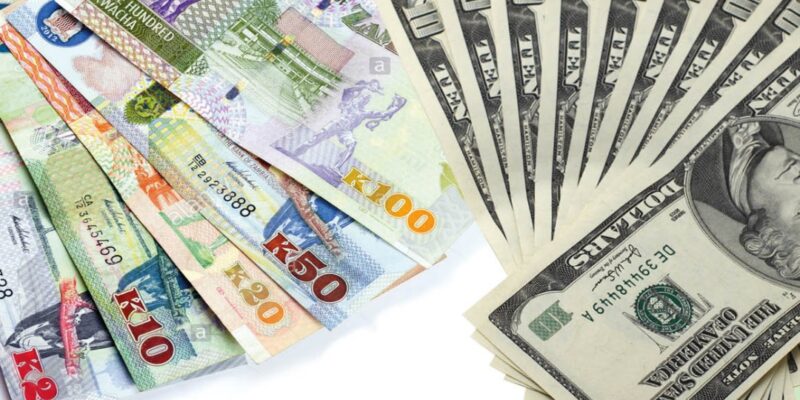The Zambian Kwacha is expected to weaken further against the United States dollar in the coming days, as demand-side pressures persist due to limited foreign currency inflows.
This comes after Friday’s market session saw the local currency decline against the US dollar, with high demand and limited supply continuing to dominate, according to the daily market report from Absa Bank Zambia.
“In the morning, the local unit’s interbank rate was quoted at K27.450/27.500 on the bid and offer, respectively, and remained unchanged for the rest of the trading session,” the report noted.
Looking ahead, Absa Bank predicts that the Kwacha would continue to weaken against the US dollar, succumbing to demand pressures amid thin foreign currency inflows.
Meanwhile, the South African rand gained ground on Friday as the US dollar slipped.
Analysts, however, warned that market pressure could soon build again as expectations surrounding US President-elect Donald Trump’s policies remain a key market driver.
The rand traded at 18.1450 against the dollar, about 0.6 percent stronger than its previous close.
In a separate market update, Access Bank noted that the broader bearish trend for the Zambian Kwacha is likely to persist amid renewed demand for hard currency.
“On Friday, the Kwacha extended its losses for the 17th consecutive session, hitting a fresh low of K27.5542, according to Bloomberg data dating back to March 1994,” Access Bank reported.
WARNING! All rights reserved. This material, and other digital content on this website, may not be reproduced, published, broadcast, rewritten or redistributed in whole or in part without prior express permission from ZAMBIA MONITOR.












Comments